Directors' Blog
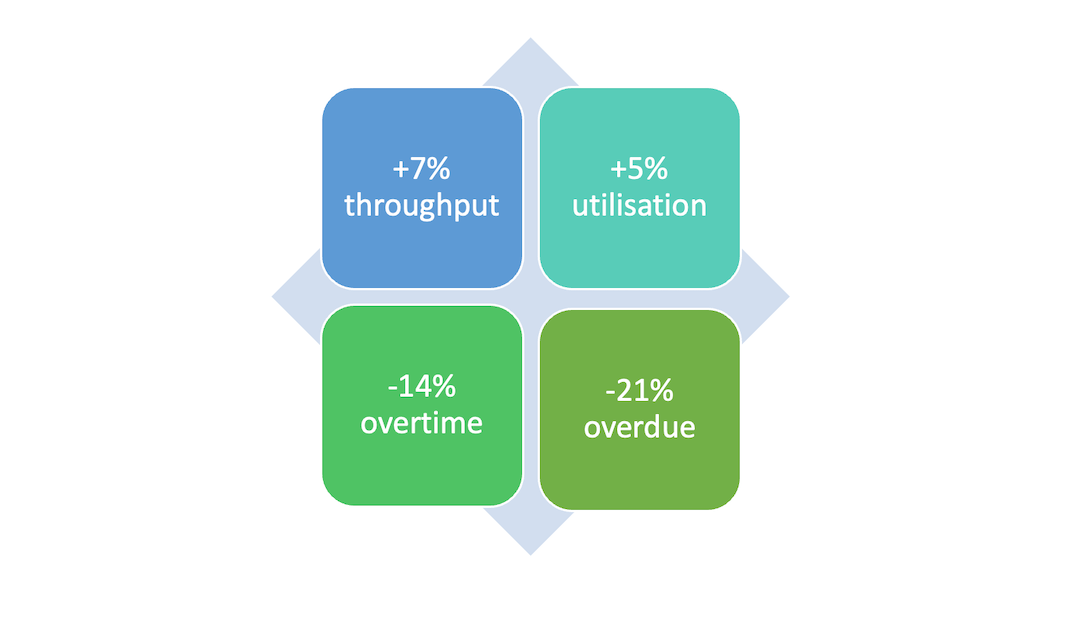
Efficient and fair surgical schedules with algorithms
1 April 2022
Dr Thomas Adams is working to improve surgical scheduling using algorithms and individualised surgical duration predictions.
Increased throughput, increased utilisation, decreased overtime, fewer overdue operations, and less staff time required for planning: all of these can be achieved with improved surgery scheduling. By using accurate predictions of operation durations, giving priority to patients that are urgent or have been waiting a long time, and balancing the trade-off between increasing utilisation and surgical sessions running overtime, computer algorithms can be used to inform surgical schedules that are efficient and fair.
I have been awarded a postdoctoral fellowship from Precision Driven Health and the Health Research Council to develop improved surgical scheduling algorithms using individualised surgical duration predictions. I am currently working on this project alongside Te Pūnaha Matatini Principal Investigators Associate Professor Cameron Walker and Dr Michael O’Sullivan.
We have combined a novel algorithm for predicting how long operations take with an advanced scheduling algorithm. The novel prediction algorithm uses the Systemized Nomenclature of Medicine (SNOMED) medical terminology database to find links between types of procedures, which enables us to make better predictions for less frequent procedures, as similarities can be found to more common procedures.
These improved predictions are fed into our scheduling algorithm alongside the operations that need to be performed and the sessions that they can be performed in. The scheduling algorithm finds the best way of allocating the operations to the sessions so that as many operations are performed as possible, while making sure that no patients have to wait too long for their operation and no sessions are scheduled that are too likely to run overtime.
Initial testing of our algorithm-supported approach shows improvement in all key metrics: a 7% increase in throughput, a 5% increase in utilisation, a 14% reduction in overtime and a 21% reduction in operations being overdue.
The two pictures below show an actual schedule on the left, and a schedule created with our algorithm on the right. Both schedules started at the same point at the beginning of the year, and the pictures show the results after five months. The optimised schedule has fitted in more operations, allowing more of the waiting list to be cleared, and resulting in fewer overdue operations remaining. The surgical sessions are also better utilised with no overruns or underutilised sessions.
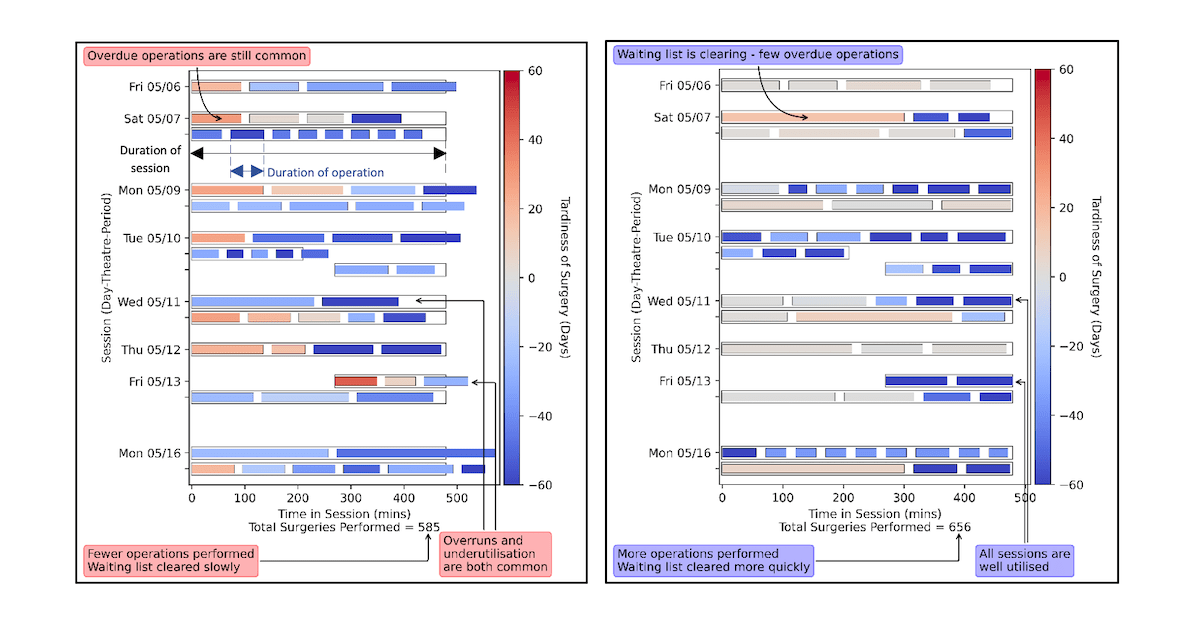
The next step in our research is to better understand how operating rooms are managed and surgeries are currently scheduled in Aotearoa New Zealand, so that we can refine our algorithms to be as relevant and easy to use as possible. In particular we are interested in how operating room time is allocated to specialties or surgeons, how far in advance operations are scheduled, who decides which operations are performed on each day, and how emergency operations are accommodated.
We are also working alongside scOPe solutions to organise a pilot of the scheduling software, and have collaborated with Orion Health to make a simplified version of the scheduling algorithm available online via the New Zealand Algorithm Hub.
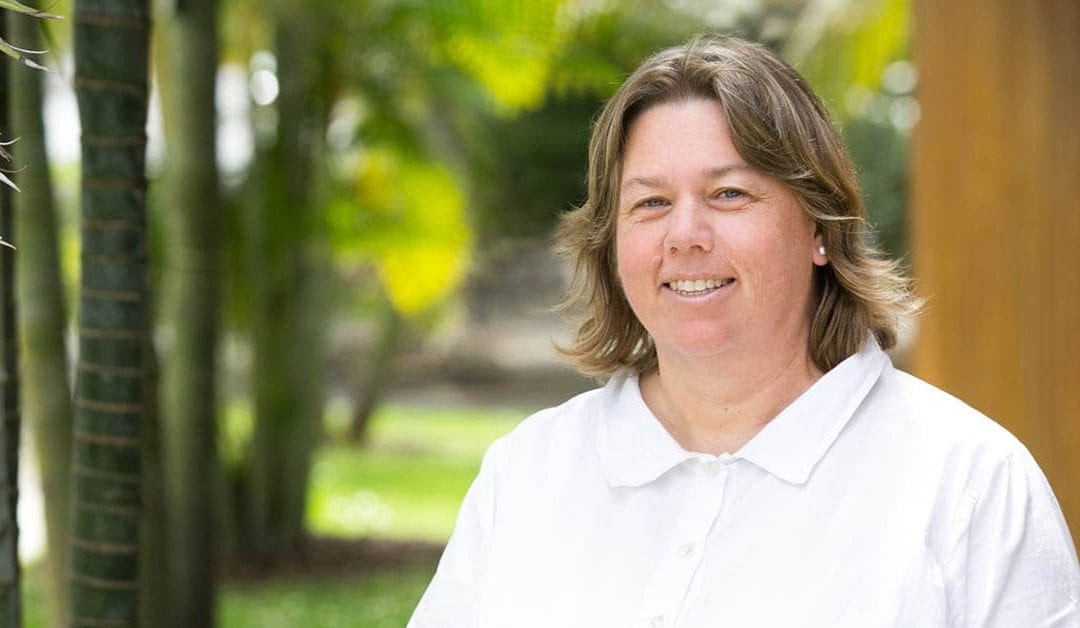
Innovative research at the intersection of science and mātauranga
17 November 2021
Associate Professor Priscilla Wehi has been awarded the 2021 Hill Tinsley Medal from the New Zealand Association of Scientists (NZAS).
Cilla is the Director of Te Pūnaha Matatini and a leading figure in conservation biology and ethnobiology in Aotearoa New Zealand. The Hill Tinsley Medal recognises her innovative research at the intersection of science and mātauranga.
The NZAS Medals for 2021 were presented on 15 November 2021, following the Association’s online conference and AGM. The Hill Tinsley Medal is awarded for outstanding fundamental or applied research in the physical, natural or social sciences published by a scientist or scientists within 15 years of their PhD.
Cilla engages with some of the most challenging conservation issues that confront humanity globally, focusing on the links between culture, biodiversity, and ecological restoration.
Her research is cross-disciplinary and incorporates humanities and western science, working with both quantitative and qualitative approaches in learning how the world works. She has also been active in finding non-traditional ways of communicating her research, collaborating in media from comics to film.
“When I look at the past recipients of the Hill Tinsley Meal, I see scientists who have created change in both our understanding of the world, and the tools we use to examine problems,” says Cilla.
“It is a huge privilege to be part of this group. However I also want to acknowledge the immense contribution of all researchers, and the collective body of work that we contribute to, which enables us to solve problems. Kua rarangatahi tātou he whariki mō ngā rā a mua.”
Cilla’s research interests are focused on human-nature relationships, including biocultural diversity and Indigenous environmental relationships. She also works on introduced species that challenge native ecosystems, insect ecology and behaviour, and interdisciplinary Antarctic research.
Professor Troy Baisden said that “From my perspective as the NZAS President presenting the award, and knowing Cilla as a Te Pūnaha Matatini investigator, the citation and her response on accepting the award sum up how she has showed daring in crossing disciplinary boundaries to deliver major insights through excellent research, while always thinking of people along the way.”
“Her work and the citations speaks for themselves, yet she wanted to communicate that a significant amount of her work was carried out on precarious contracts. She had the daring to succeed while taking risks, but the risks and challenges facing post-docs interrupted by the pandemic is huge – she asks how we can do more to help today’s emerging researchers.”
Cilla is passionate about inclusivity and diversity in science and has undertaken extensive work with Māori communities to incorporate their needs and aspirations. Her natural curiosity and open approach to multiple ways of knowing make her a role model and natural leader for many emerging scholars who seek to work in a cross-cultural way.
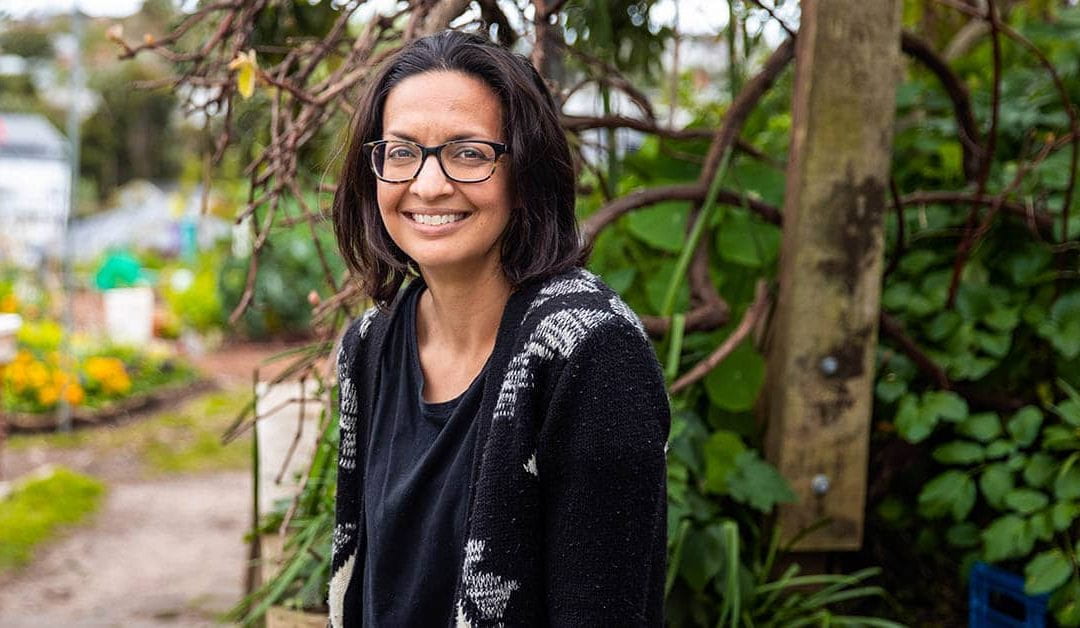
What’s in our soil, and what it means for us
Te Pūnaha Matatini supports the work of Soilsafe Aotearoa to explore community soil values and map lead and other metals in home garden soils.
Dr Emma Sharp has been interested in home garden soils since she came across a newspaper article about blood lead levels in domestic chickens in Sydney.
Emma is a geographer and a Principal Investigator at Te Pūnaha Matatini. When her environmental chemist colleague Dr Melanie Kah approached her about starting up a local version of an Australian project testing domestic soil for metal contaminants, Emma raced to her office to grab the newspaper clipping that had been pinned there for several years.
“I ran and got the newspaper article and waved it in front of Melanie and said ‘I’ve been interested in this for a really long time!’” says Emma. “It turned out that it was the same research unit, and I said ‘I’ve got all kinds of ideas for this. If I’m involved, we can make this true to Aotearoa – let’s look at it from all angles.’”
“And so Soilsafe Aotearoa was born. It’s a project of diverse soil values. We’re thinking about community values, public education, Indigenous perspectives, artistic interpretations, and things that are beyond economics – which is how soil is usually considered in Aotearoa and around the world.”
Emma recently received the 2021 Research Communication Award from the School of Environment at the University of Auckland for her work with Soilsafe. She also took home the Early Career Research Award, and says that her association with Te Pūnaha Matatini and engagement work with Soilsafe were cited as reasons for this award.
“The way that I gained my engagement skills in the first place is being associated with things like Te Pūnaha Matatini Engagement Incubators and the wide variety of different people that we engage with at Te Pūnaha Matatini.”
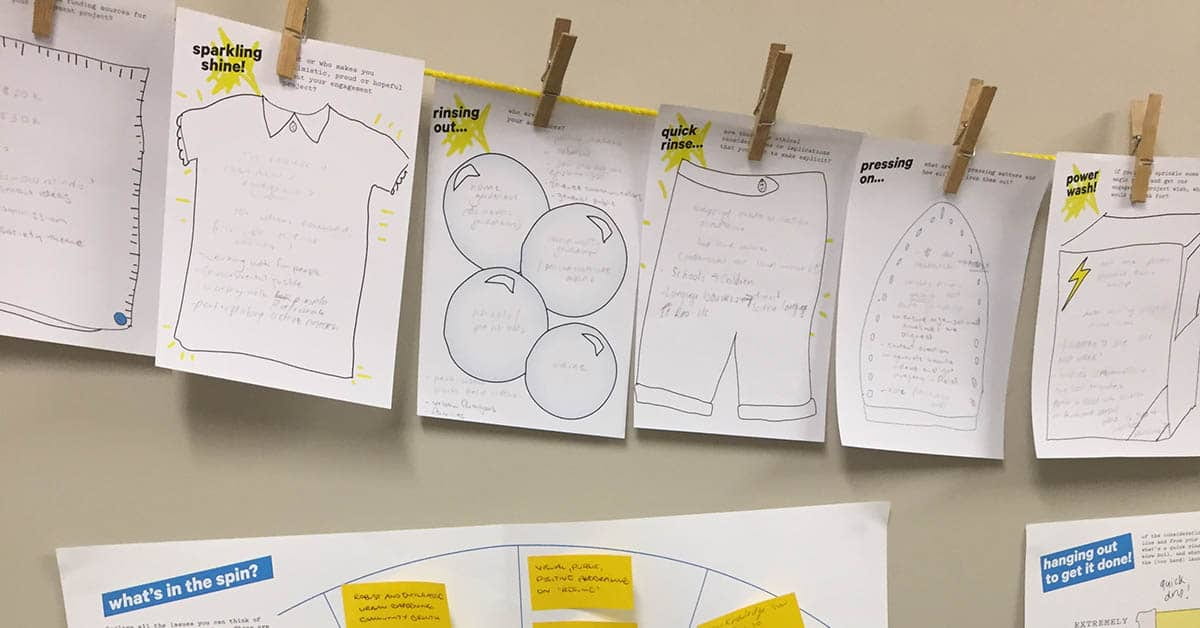
Emma made use of Te Pūnaha Matatini’s Engagement Laundromat to ensure that engagement was central to Soilsafe from the very start.
A mainstay of Soilsafe is an ongoing testing programme, in which members of the public send in samples of soil from key places in their gardens to be tested for a suite of eight heavy metals. The results are returned with guidance about how people can modify the ways they interact with soil to reduce exposure to any contaminants that might have been detected.
Soilsafe’s lab at GNS Dunedin was inundated with soil samples after the project was mentioned on TVNZ’s Sunday show, and they have now processed over 2,000 samples.
Emma and Melanie are interested in patterns of soil contamination in locations close to main roads, due to the legacies of leaded petrol. They are also exploring a sociodemographic correlation to less well maintained houses that have peeling lead paint.
Other data sources include questionnaires and interviews about people’s values regarding gardens and gardening in Aotearoa over the COVID-19 lockdown period in early 2020.
“We get the sense that people got into their gardens a lot more during lockdown,” says Emma. “Gardens were safe spaces, but they were also spaces where people could turn their attention to something else and nurture and care for something in a world that was feeling challenging.”
Te Pūnaha Matatini has funded two Soilsafe events in Takapuna and Rānui to engage children with the values of soil. Emma made sure that engagement was central to Soilsafe from the very start using Te Pūnaha Matatini’s engagement laundromat.
“Te Pūnaha Matatini has been a really fantastic support for the Soilsafe programme,” she says.
At the engagement events, participants learned about soil from Emma and Melanie, enjoyed hands-on experience with soil science through microscopes and worm farms, and engaged in soil values through the work of artists Nicole Johnson and Ekarasa Doblanovic and photographer Shona Dey.
Te Pūnaha Matatini has also just provided seed funding for Emma and Melanie to develop Soilsafe Kids, which will provide interdisciplinary and multicultural teaching and learning about soil’s scientific and societal values, engaging school children and their communities in a holistic approach to soil science and soil science research.
“Soilsafe is flourishing,” says Emma. “It’s great.”
“We’ve had some amazing media pickup and interest from community organisations. For me, the most important thing is genuinely connecting with community organisations to make sure our work is community led, and useful for them.”
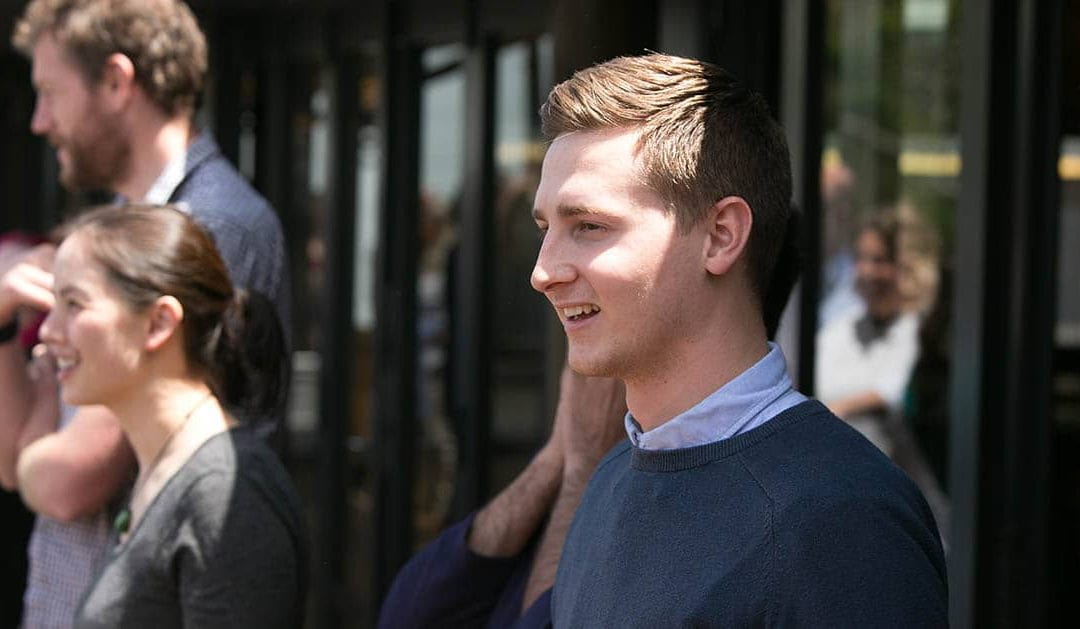
How we can make science education more equitable
8 November 2021
Te Pūnaha Matatini was a natural home for Dr Steven Turnbull to complete his doctoral project on tertiary science participation in Aotearoa New Zealand.
Equity in science participation is central to Te Pūnaha Matatini’s ethos, and so is Dr Steven Turnbull’s distinctly transdisciplinary approach. For his PhD in Education, Steven combined quantitative analysis of large-scale administrative student records with sociological theory and qualitative analysis of interviews to explore why students chose to engage or disengage from science education.
Using these methods, he explored disparities in science education and created a theoretical model showing how we can make the field of science education more equitable.
Steven was supervised by Te Pūnaha Matatini Principal Investigators Dr Dion O’Neale and Dr Kirsten Locke.
“Steven’s thesis was ambitious in scope, application and methodology,” says Kirsten. “The blending of qualitative and quantitative research approaches is not for the faint-hearted and is notoriously difficult to correctly balance. On this point, Steven’s thesis is exemplary.”
Steven completed a Bachelor of Arts in Education and Psychology, before pursuing postgraduate research in Education, culminating in this PhD project. He has been working with Dion since he did a summer scholarship in Physics during his undergraduate study.
Throughout his PhD Steven was involved with Te Pūnaha Matatini Whānau, and is a regular participant in Te Pūnaha Matatini’s Annual Hui.
“Steven’s PhD is a perfect example of the sort of transdisciplinary research that Te Pūnaha Matatini has enabled,” says Dion.
“While Steven’s thesis was a substantive academic piece of work, throughout his research there was a continuing focus on applications and outcomes that could bring about positive change in STEM education at both a systemic level and for individual students.”
In his thesis Steven analysed data obtained from Aotearoa New Zealand’s Integrated Data Infrastructure (IDI) about students studying STEM subjects in Aotearoa New Zealand. He used this data to identify trends in science participation through a novel method of network analysis.
This data was complemented by a survey of science students, followed by in-depth interviews to gain more insight into the human dimension to education engagement.
Steven then interrogated his findings through a theoretical framework based on the sociological work of Pierre Bourdieu.
“Steven is the very first person to ever collect and analyse a decade’s worth of NCEA science data through the Integrated Data Infrastructure (IDI) at Stats NZ,” notes Kirsten.
“The analysis that Steven performed with this enormous data set enabled an evidence-based exploration of exactly what was happening with secondary students in their subject selection and the inequities that occur through students turning away from science credits such as physics that could lead to university education.”
“If Steven had stopped there, the thesis would have been an excellent piece of work. However, the truly innovative and astonishing element is how Steven framed and dealt with this comprehensive and thorough data collection approach in relation to the theoretical work of Pierre Bourdieu.”
Steven is now using the quantitative and qualitative skillsets developed in his thesis to address inequities present in existing sources of individual-level data as a postdoctoral research fellow on Te Pūnaha Matatini’s COVID-19 modelling team.
He says that “being in a place were you can contribute to mitigating COVID-19 risk in New Zealand is quite a powerful thing”.
For Steven and the modelling team, this is values-driven work. “Te Pūnaha Matatini is constantly taking an equity-based approach, putting marginalised groups at the centre of everything we do.”
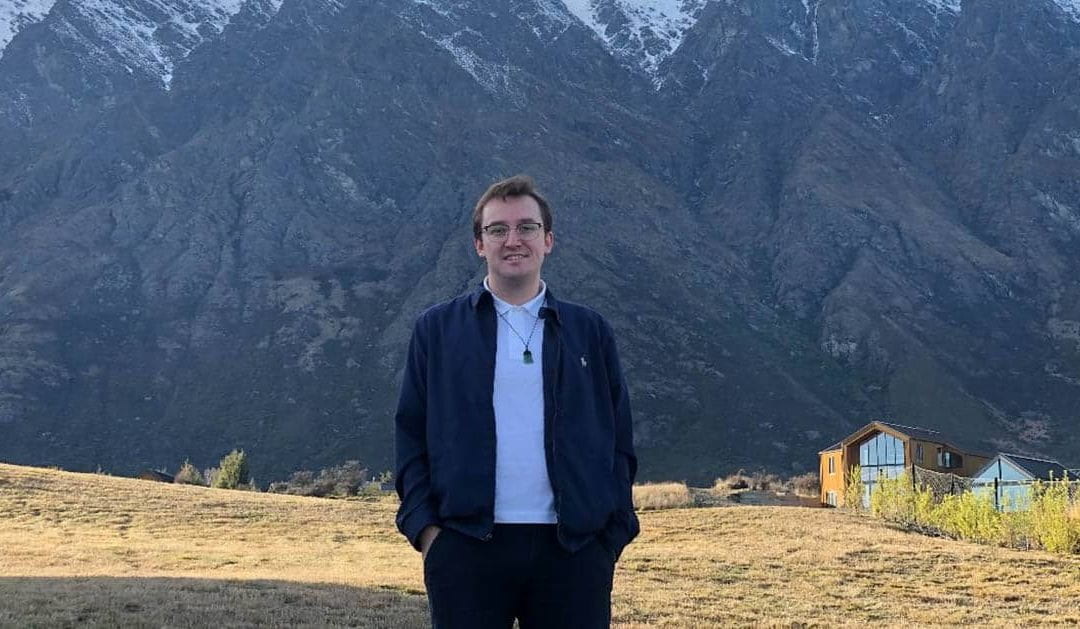
He took foundational physics and is now teaching the course
3 November 2021
Dr Kannan Ridings teaches Tertiary Foundation Certificate and Tuākana students that the best work that they can do will come from collaborative efforts.
Dr Kannan Ridings (Rongowhakaata) struggled at high school – until he discovered science.
“In one of the first tests that we had for science at high school I ended up getting one of the top marks in the class. It just seemed to come naturally to me, and that sparked quite a bit of interest.”
“As I went through high school I became more interested in physics. I remember in one of my classes the teacher said that nothing can go faster than the speed of light, and I thought ‘wow that’s interesting, why is that?’”
“After high school I enrolled in the Tertiary Foundation Certificate and managed to do well enough to get accepted into a Bachelor of Science. I struggled quite a bit at first with studying, but in second and third year physics I hit my stride, and started getting quite good grades.”
When Kannan was taking his third year courses in physics, an inspirational lecturer started at the University of Auckland: Professor Shaun Hendy.
“Shaun was teaching a particularly interesting course about condensed matter physics, and he was one of the best lecturers I’ve had. I was continuously asking questions and being annoying. Shaun went on to become my PhD supervisor in computational materials science.”
“When I first met Shaun was also when Te Pūnaha Matatini was first funded. I remember having some conversations with him about using innovation as a way to improve New Zealand’s economy and move away from reliance on agriculture. Those were some interesting ideas to be exposed to.”
As Kannan was in the final stages of his PhD, Shaun invited him to work on our COVID-19 programme. “One of the things which was great about joining that programme was that it was a team of great scientists, mathematicians and modellers,” says Kannan. “Being in a team-based environment was quite different for me.”
“Working on the COVID-19 programme taught me that a lot of the best science happens when you have not just an individual working on something, but when you get teams of people. The best projects and the best results come from collaboratively working together.”
Kannan is now teaching the same foundational physics course that he took at the University of Auckland all those years ago. He is also a Tuākana mentor, offering academic support to Māori and Pacific students throughout their undergraduate experience.
“Teaching foundational physics has been a rewarding experience. I think that some of the students find it inspiring that somebody who’s done the Tertiary Foundation Certificate before is now teaching them.”
Working in an interdisciplinary environment has exposed Kannan to a range of different methods, techniques and styles of science that he is excited to apply as his career progresses. He teaches his students that acquiring a wide breadth of skills will make them very employable, and shares his insights into what can be achieved through collaboration.
“Throughout my study and time with Te Pūnaha Matatini I’ve seen that you learn the most when you’re working as a team. An individual is not going to solve something like climate change, it’s going to involve more of a collaborative effort.”
“Being exposed to these ideas and approaches at Te Pūnaha Matatini has been one of the biggest influences in what I try to talk to my students about today.”
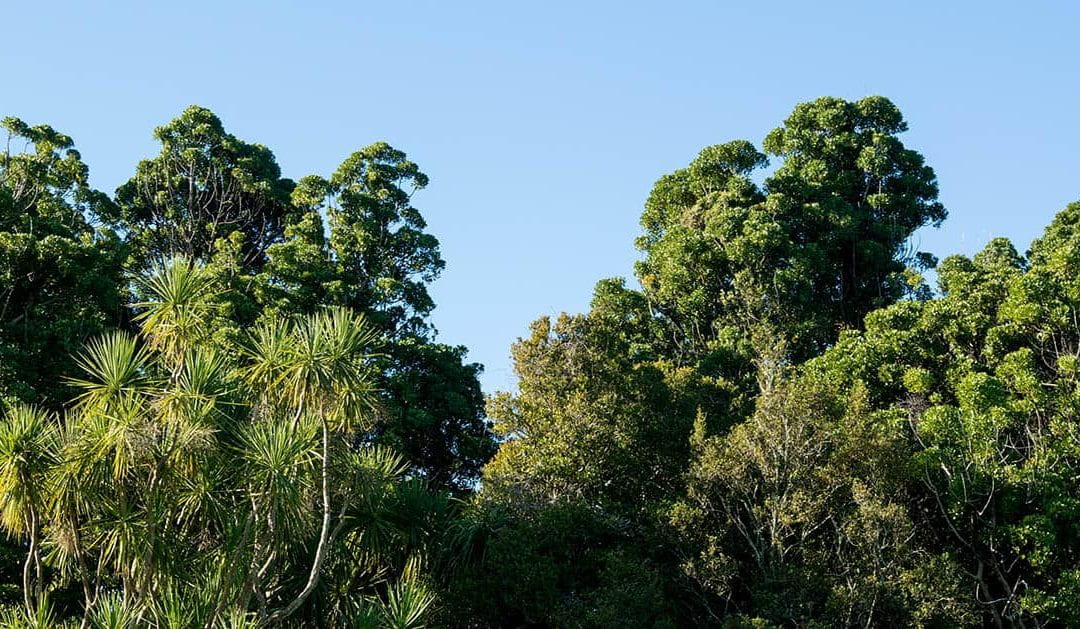
Hīkoi, kōrero and community-led restoration of ngahere in Ōtaki
Haruātai Park in Ōtaki. Photo by Katerina French Armstrong.
2 November 2021
Two masters projects funded by Te Pūnaha Matatini are currently flowing together like a braided river towards creating communications to support community-led environmental restoration in Ōtaki.
Design student Katerina French Armstrong (Tūhoe) and science in society student Vicky Gane have been exploring how to communicate the value of reforestation in Ōtaki in very different ways.
Katerina’s project connects kaupapa Māori and spatial narratives to navigate community-led environmental restoration, while Vicky’s project measures the environmental effects of tree planting along the Ōtaki River.
Friends of the Otaki River have been carrying out replanting and restoration along a section of this river for over two decades. Associate Professor Rhian Salmon often visits this beautiful reforested area with her students, and was recently struck by how little she knows about the effect that planting trees has on the environment.
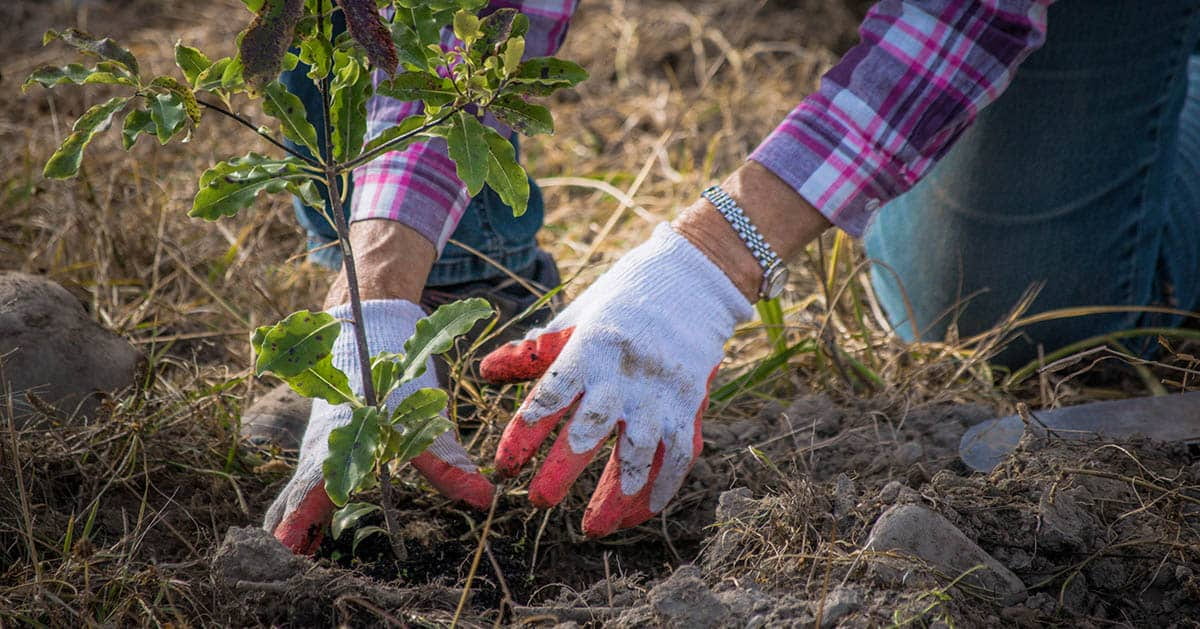
A tree planting at the Ōtaki River. Photo by Katerina French Armstrong.
Rhian had a vision for creating a designed, living, growing science communication project that could tell visitors about how much carbon particular trees were absorbing, and how that relates to their climate impact.
She joined forces with designer Jo Bailey and they decided to approach the project from a transdisciplinary angle, bringing together a design student and a science in society student. They also realised they needed the help of Associate Professor Cate MacIinnis-Ng, to contribute her immense knowledge about trees.
For Te Pūnaha Matatini investigators Rhian, Jo and Cate, this is an exciting exploration into deliberately working transdisciplinarily, bringing together science communication, design, ecology and mātauranga Māori. The overall project also tests institutional boundaries, with Rhian based at Victoria University of Wellington, Jo at Massey University, Cate at the University of Auckland, and funding from Te Pūnaha Matatini.
“The thing that I love is that Kat has taken a big picture approach and looked into what the land used to look like in Ōtaki and how colonisation, politics and human presence have affected it,” says Rhian. “And then Vicky’s looking at the actual trees.”
Katerina currently plans to produce an augmented reality app that shows how key landscapes around Ōtaki looked in the past, and how they could potentially look in the future. Alongside Jo, she has supervision and guidance from artist Associate Professor Huhana Smith (Ngāti Tukorehe, Ngāti Raukawa ki Te Tonga) at Massey University.
“Aotearoa’s colonial history, rapid deforestation and land alteration has significantly changed the face of our whenua, and the relationship between tangata and the ngahere,” says Katerina. “I grew up beside the Tararua Range and saw deforestation happen right outside my window. That’s the point that I could relate to, so I went with that.”
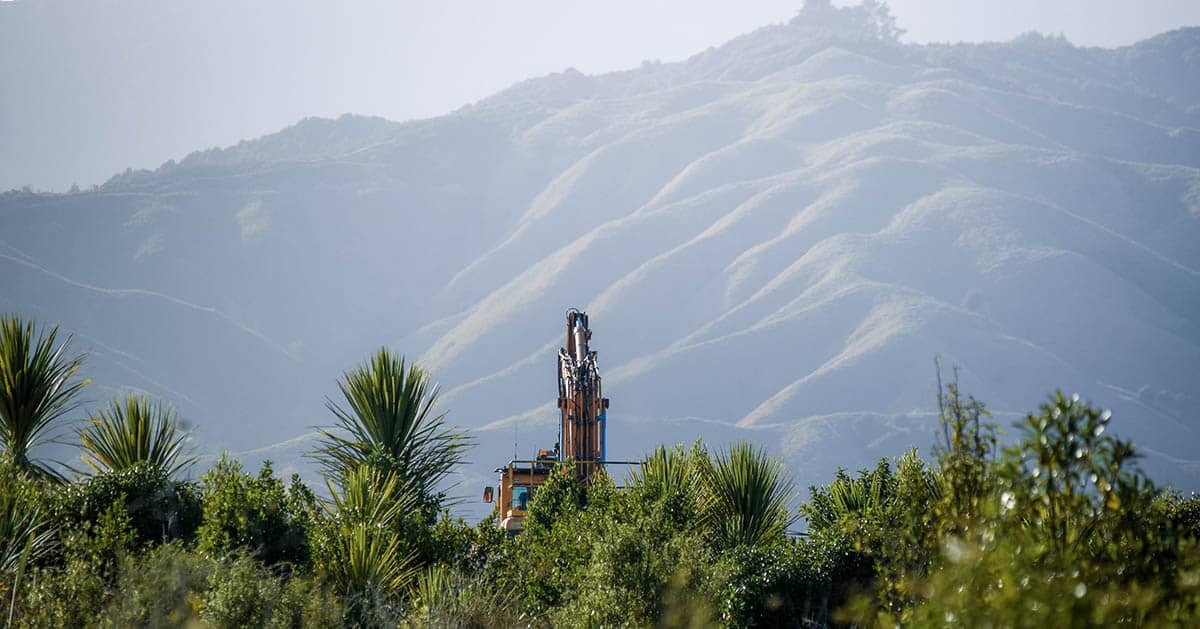
The Tararua Ranges tower above Ōtaki. Photo by Katerina French Armstrong.
Vicky is using allometric equations to calculate the biomass of specific trees, five-minute bird counts and pitfall traps to understand the biodiversity of the area, and analysis of soil to understand its carbon content. She is co-supervised by ecologist Associate Professor Stephen Hartley at Te Herenga Waka Victoria University of Wellington.
“I haven’t done that kind of sampling before,” says Vicky. “I come from a conservation biology background, but my main focus before now has been on fauna rather than flora -and definitely not on soil, so I’m learning a lot of new stuff.”
The outcomes of both projects will be co-designed with the local community, and are intertwined in a way that Katerina and Vicky compare to a braided river.

Designing the projects was a collaborative process. Photo by Katerina French Armstrong.
A central methodology for the two projects is meeting each week in Haruātai Park for a walk and kōrero with Watene Kaihau from local iwi Ngati Raukawa ki te Tonga.
“It’s a co-design process with all the people that we’ve been meeting along the way,” explains Katerina. “This is a new way of working for me, because as a spatial designer I’m used to being handed a brief with set parameters. This project has been really rewarding because it feels a lot more meaningful to the specific site.”
“Our projects connect in interesting ways,” says Vicky. “Because I have been coming along to a lot of meetings with Katerina to talk to the locals about the area, I’m being informed by what the area was like originally, people’s connections to the land, and the history of the area.”
“I’m keeping all that in mind when I’m thinking about the measurements I’m doing. When I come to the next stage of communicating my findings it won’t just be the scientific benefits of the site, it will be how it sits in the wider historical landscape and the community.”
The results of the overall project are likely to ask questions as much as proffer answers, and Jo hopes that they will stimulate conversation.
“The great thing about this project is that it’s taken on a life of its own,” concludes Jo. “We’ve let it fly and it’s flown off and transformed in this really beautiful way.”
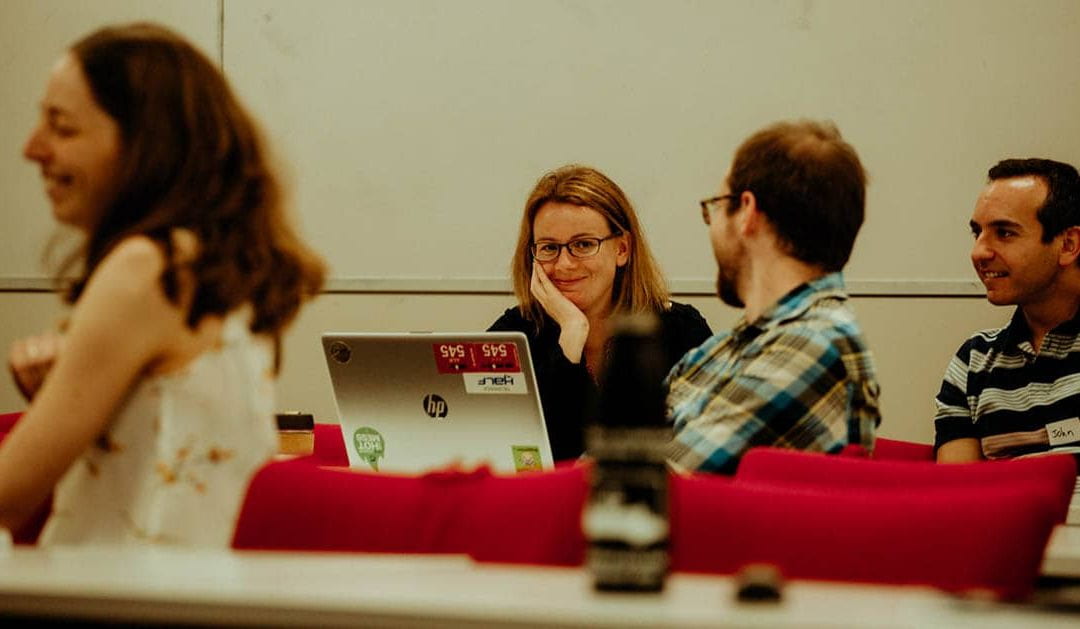
Modelling for transport policy interventions
19 October 2021
Julie Mugford is applying the skills that she learned through her doctoral project with Te Pūnaha Matatini to a career across the public service.
As she entered the final year of her PhD in 2020, Julie Mugford spotted an advertisement for a role with the Ministry of Transport.
Julie had just completed an internship with the Ministry of Social Development, to see whether she enjoyed working in the public sector. She had found it a good fit, and when she saw a job available with ‘agent-based modelling’ in the description, she jumped at the chance.
From May 2020 to September 2021, Julie worked as a data analyst on the team that is creating an agent-based model of the Aotearoa New Zealand transport system.
“It has the whole New Zealand transport network,” explains Julie. “All the roads and public transport options, cycleways and footpaths. Then it has a population of typical New Zealanders with their activities that they want to do during the day, such as going to school or to work.”
“They decide what time of the day they’re going to go and what mode they’re going to use. The aim of the model is to be able to change policy settings – for example, road pricing – and see what affect it has on transport behaviour and assessing the social and environmental impacts of such changes.”
This is new territory for transport policy in Aotearoa New Zealand. Small detailed modelling tasks and larger scale aggregated modelling are already in use, but Julie is not aware of any agent-based modelling being used here. She notes that this approach has already been successfully applied in London, Melbourne, and some European countries.
Julie’s PhD project in applied mathematics looked at citizen science, where members of the public help scientists gather and analyse various forms of information. The central question of her project was whether scientists could get useful insight out of noisy, biased citizen science data.
She worked with her Te Pūnaha Matatini supervisors to develop methods to improve the reliability of data collected or analysed by members of the public through platforms like iNaturalist.
Being involved in Te Pūnaha Matatini and Te Pūnaha Matatini Whānau was the highlight of Julie’s PhD experience.
“Te Pūnaha Matatini is full of so many amazing people,”she says. “It was a welcoming environment, and the interdisciplinary focus of Te Pūnaha Matatini added more depth to my PhD than I could have ever imagined when I signed up to a PhD at the University of Canterbury School of Mathematics and Statistics.”
She says that there was always a lot of variation in the speakers and activities that the Whānau organised, and serving as the chair was a great opportunity to develop leadership experience while studying.
Julie is enjoying working in the public sector and plans to explore working at different ministries over time. She recently continued this journey by accepting a role as a Senior Analyst at the Ministry of Health.
“I like working in the public sector. It’s really great how there are these big problems that I can work on and they actually require all the experience that I’ve gathered from my education.”
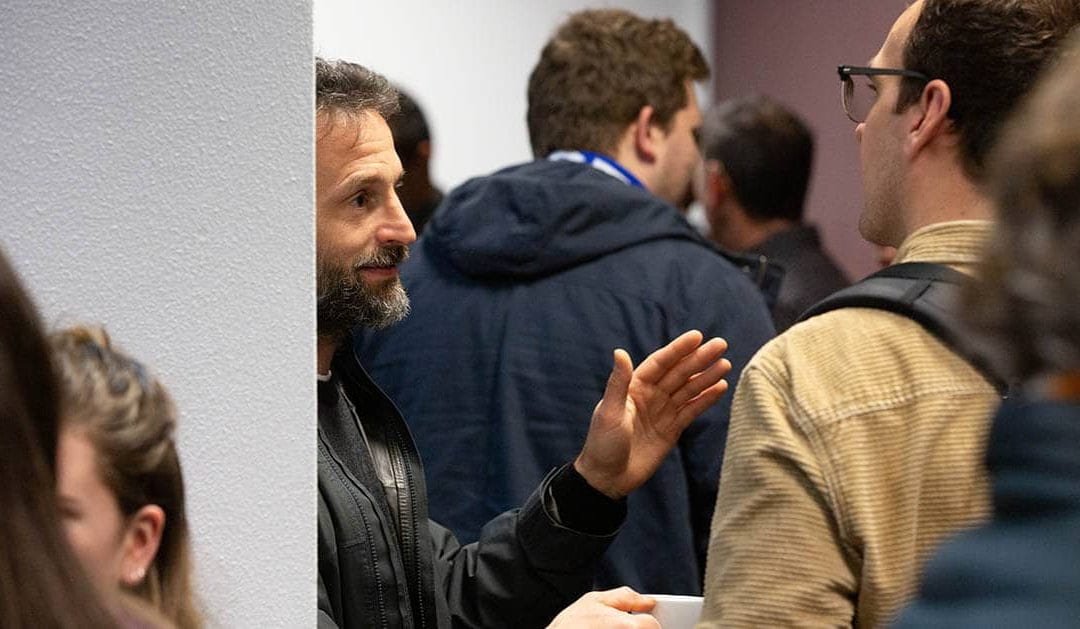
Making a global impact in predicting and preventing pandemics
11 October 2021
Professor David Hayman made a global impact in 2020 with his contributions to the report on biodiversity and pandemics by the Intergovernmental Platform on Biodiversity and Ecosystem Services (IPBES).
David Hayman is an epidemiologist and Principal Investigator at Te Pūnaha Matatini who uses multidisciplinary approaches to address how infectious diseases are maintained within their hosts and how the process of emergence occurs.
Dave has spent a long time working on emerging infectious diseases and bats, making him a natural candidate for Aotearoa New Zealand to put forward when the Intergovernmental Platform on Biodiversity and Ecosystem Services (IPBES) put out a call for nominations for an expert panel to produce a report on the interactions between biodiversity and human drivers of disease emergence.
The report on escaping the ‘era of pandemics’ was produced at pace during a week-long virtual workshop to review the scientific evidence on the origin, emergence and impact of COVID-19 and other pandemics, as well as on options for controlling and preventing pandemics.
Dave now sits on the One Health High Level Expert Panel (OHHLEP), a high-level expert panel that gives advice across four international agencies: the World Health Organization, the World Organization for Animal Health, the Food and Agriculture Organisation and the United Nations Environmental Programme.
He says that the IPBES report has been influential across these agencies, and is often referred to. “We are a high level expert panel that provides expertise and advice to these major global organisations about how they can work better together,” he says. “And I think the IPBES report has actually influenced that.”
The IPBES report has been an important step in these four agencies coming to terms with the complexity and interrelatedness of disease and the environment, and they are recognising the need to address these issues in a transdisciplinary way.
“There’s a lot of things from Te Pūnaha Matatini and working in Aotearoa New Zealand that influenced my contributions to the report. There’s lots I’ve Iearned from Te Pūnaha Matatini about style of working and things like respect for Māori and Indigenous knowledge.”
Dave describes himself as both a pessimist and an optimist as we face a future of increasing pandemics and the effects of climate change.
“It can seem all bad,” he says. “But on the plus side a lot of the drivers for climate change, biodiversity crises and extinction crises are the same as the things that are driving disease emergence. So we can potentially have win, win solutions.”
“We can look at things like reducing industrial-scale trafficking of wildlife or agricultural encroachment into rainforest, both of which are bad for the environment and may also be bad for human health.”
“You can potentially reduce one risk and improve things in another way.”
Dave concludes that tackling these issues will require quite big societal changes, but “what COVID-19 did show is that you can do large-scale stuff. You can shut down whole countries. I’m not saying that’s a good thing, but it showed us the scale and pace at which societies can change and adapt.”
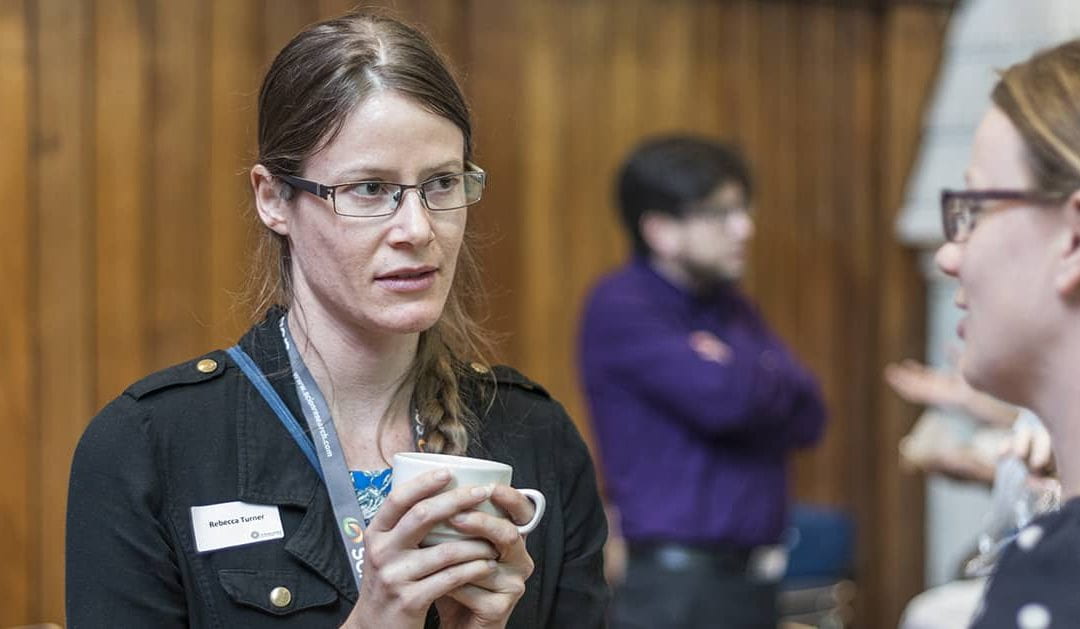
A biosecurity risk framework for forestry in Aotearoa New Zealand
8 October 2021
In her role with Scion, Dr Rebecca Turner is working with stakeholders in Aotearoa New Zealand and internationally using data to predict biosecurity risk.
Dr Rebecca Turner joined Scion as a postgraduate fellow in 2018, co-funded by the Biological Heritage National Science Challenge and Te Pūnaha Matatini. In 2020 she was promoted to a full-time biosecurity scientist.
Scion is a Crown research institute that specialises in research, science and technology development for the forestry, wood product, wood-derived materials, and other biomaterial sectors.
“My postdoc led directly into this role,” says Rebecca. “It created the opportunity for me to get to know Scion systems, plus New Zealand researchers and international collaborators through Te Pūnaha Matatini.
“Crown research institutes focus on applied science for the sectors they serve, so publishing reports for industry use is important. Having the postdoc and the TPM funding helped me build academic credibility by publishing papers.”
Rebecca’s background is in ecology, molecular biology and mathematical modelling. She is interested in research using mathematical techniques to understand biology and other applications.
Rebecca was involved with Te Pūnaha Matatini Whānau during her postdoctoral fellowship, and appreciated building her network at our Annual Hui each year. She also contributed to our Mycoplasma bovis response, working with data from the National Animal Identification and Tracing (NAIT) system that tracks cattle movement around New Zealand.
At Scion, Rebecca’s initial project explored the potential of using border interception data to predict arrivals and establishments of invasive pests in New Zealand. She says that the team hopes to be able to use border interception data to warn people what invasive species to look out for in orchards and forests.
The project quickly became complicated and grew to include international interception data, and Rebecca is now working with the United States Forest Service on an extension of this project looking at data about beetles, which include large groups of potential forestry pests.
“Although we’re really good at biosecurity in New Zealand and we’ve got a really good rate of interceptions and getting them down to species level relative to our population size, we’re still a small country, and we can only collect a certain amount of data. So we then started working with international stakeholders to get interception data from other countries as well.”
Three years in, they are now in a place where they have all the data, have started analysing it, and are starting to see where some of that data is useful for predicting establishments.
“In New Zealand forestry the major plant species that we have is Pinus radiata, so we’re looking for insects that are associated with Pinus radiata, and trying to predict which are going to establish in New Zealand, using things like interception data and climate matching.”
“We’re creating a biosecurity risk framework specifically for the forestry industry. I’m also collaborating with AgResearch and Plant & Food Research through Better Border Biosecurity (B3) to create frameworks for the agricultural industry and the pasture industry.”
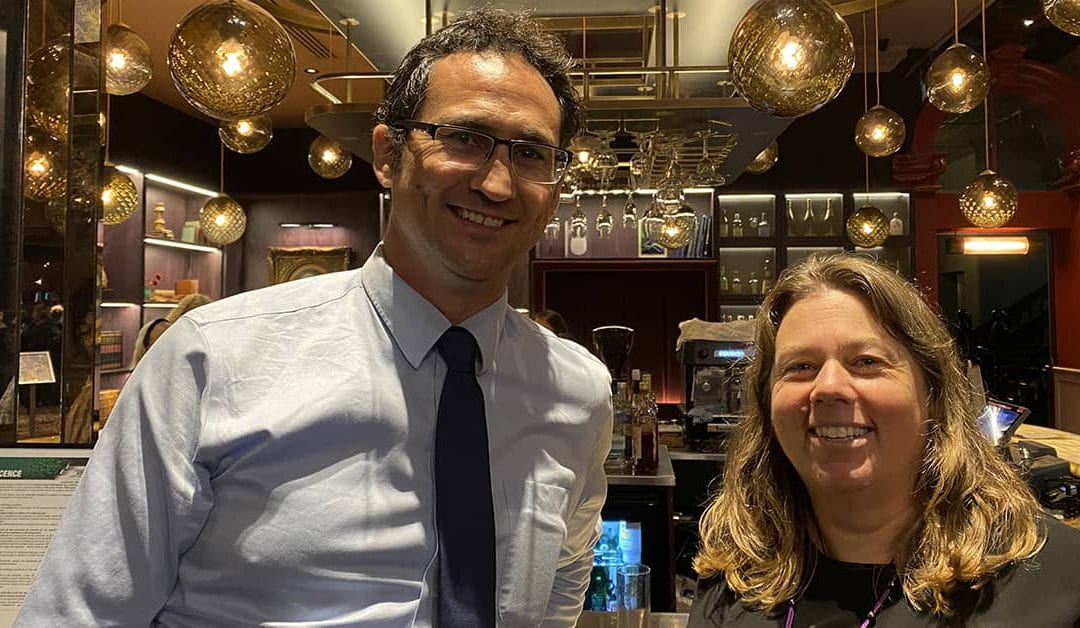
Complexity is at the heart of Te Pūnaha Matatini
Photo: New director of Te Pūnaha Matatini, Associate Professor Cilla Wehi (R) with new deputy director Dr Mike O’Sullivan (L).
1 July 2021
The next phase of Te Pūnaha Matatini begins today, as Associate Professor Cilla Wehi takes over as our new director.
Cilla has bold aims to build upon the transdisciplinary community that was created under the leadership of founding director Professor Shaun Hendy. “It’s done really well up until now and I think we want to build on that,” she says.
“Our aim is to reimagine what research looks like, and provide a platform to make intellectual leaps that are important here in Aotearoa New Zealand, but also globally.”
Te Pūnaha Matatini is a transdisciplinary Centre of Research Excellence in complex systems that brings together researchers throughout Aotearoa New Zealand.
New deputy director Dr Mike O’Sullivan agrees that “Te Pūnaha Matatini has built a really great community. The value of that community wasn’t well understood until COVID-19 hit, and then its value became quickly apparent at an international level.”
Shaun’s tenure as inaugural director culminated with Te Pūnaha Matatini receiving the 2020 Prime Minister’s Science Prize for our work developing a series of mathematical models, analysing data and communicating the results to inform the New Zealand Government’s world-leading response to the global COVID-19 pandemic.
The success of this work very publicly validated the emphasis that Te Pūnaha Matatini has placed on values, expertise and communication since our establishment in 2015.
Cilla says that she wants to build upon this foundation to continue to contribute to positive societal change. “We’ve got data analytics to create new knowledge for transformative change and we’ve got a vision of the kind of society that we would like to be part of in the future.”
Researchers in Te Pūnaha Matatini’s community often work in the gaps between disciplines, which is where Cilla says the most exciting ideas often emerge.
“Te Pūnaha Matatini has intellectual curiosity, and we’ve got a suite of tools that can be used to address some of the big challenges that New Zealand faces globally, so we really can push out boundaries.”
Mike is excited about supporting Cilla in her leadership role. “Cilla has clear ideas about the things she wants to do,” says Mike. “But she’s good at listening as well.”
“And she’s not afraid to agitate a little bit.”
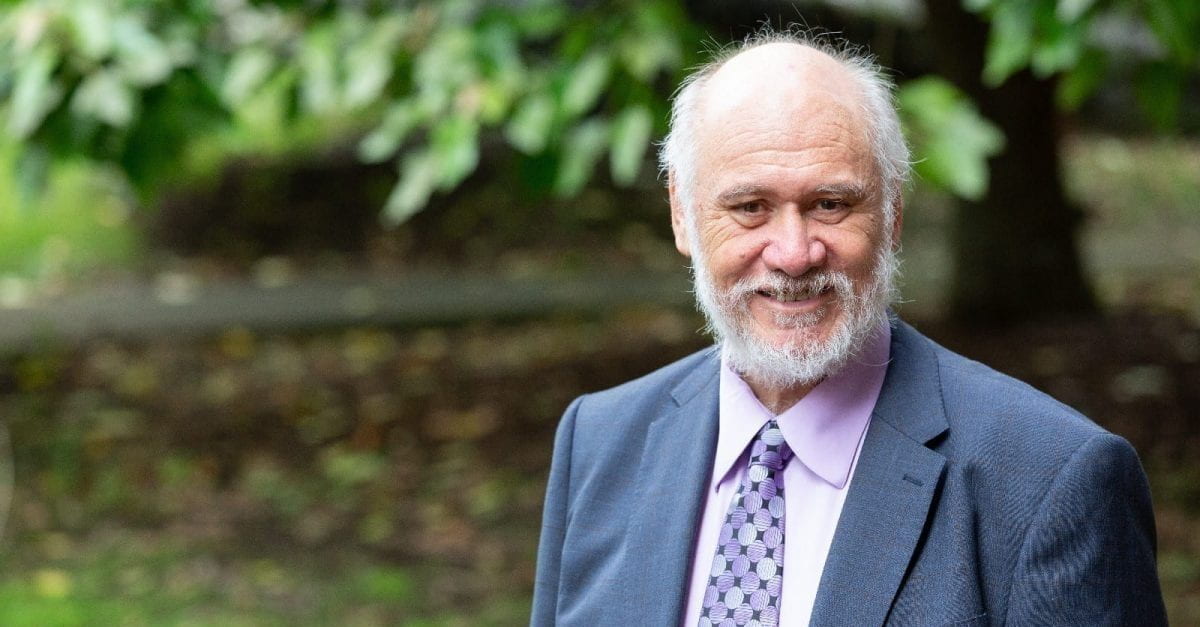
Photo: Te Pūnaha Matatini Kaumātua Associate Professor Tom Roa.
Another fundamental source of support for Cilla in this leadership role is the wisdom and guidance of Te Pūnaha Matatini Kaumātua, Associate Professor Tom Roa.
“I’ve known Tom a long time,” says Cilla. “He’s the most fantastic person to discuss ideas with because he has really deep insight, and brings a wealth of knowledge from Māori contexts that has relevance and can really help us to see the best path forward.”
Tom shared a kōrero from his iwi Ngatī Maniapoto that underpins Te Pūnaha Matatini’s approach. When the kawau (shag or cormorant) flock for flight, they form an arrow shape, which allows them to collectively punch through headwinds. As leaders tire, those behind them move up to the front.
Cilla explains that “if you align yourselves as a group then you can punch through these difficult problems in a way that you could never do as one person alone. But also, when the leading birds get tired they step back and others come forward. So we’re growing people to step up. This is a group effort, and we are in it together.”
One of the key purposes of Te Pūnaha Matatini is to develop new researchers.
Cilla explains that “it’s become really clear over the last few years how important it is to do not only collaborative research but ethical research. There’s a much stronger focus now on working in partnership with our communities, and on our responsibility to communicate evidence. So we want to train researchers who are collaborative and ethical, and are great at both working with data and working with people.”
“It’s about contributing to future research, but also the future of Aotearoa New Zealand.”
“Complexity is at our heart,” concludes Cilla. “We build community across disciplines to solve complex problems.”
